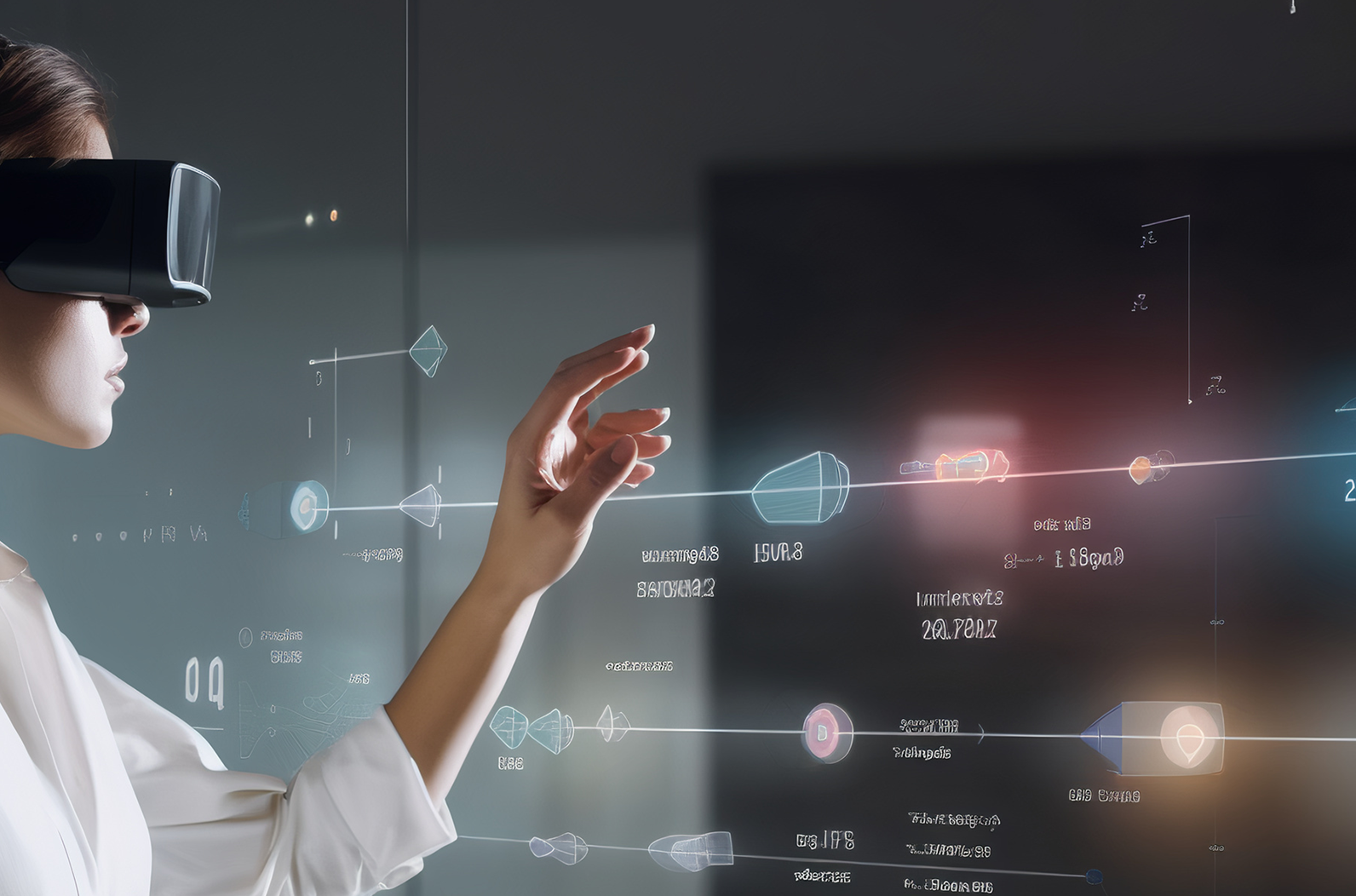
How 5G Enhances Extended Reality Applications

The arrival of 5G technology brings a lot of benefits for manufacturers, particularly in the context of Industry 4.0. With its promises of ultra-low latency, higher bandwidth, and seamless connectivity, 5G can enable manufacturers to adopt advanced technologies like augmented reality (AR), Internet of Things (IoT), and edge computing enabling smarter, more efficient operations. However, a key challenge has been ensuring existing networks meet the demands of real-time applications.
Extended reality (XR) includes technologies such as AR, virtual reality (VR), and mixed reality (MR), which are increasingly being used to enhance operational efficiency, training, and maintenance in industrial settings. By providing immersive and interactive guidance, XR solutions help workers complete tasks faster and with fewer errors. However, traditional communication networks struggle to meet the strict requirements of real-time XR applications. These challenges include the need for ultra-low latency, high data throughput, and stable, reliable connectivity, all of which are critical to ensure a smooth user experience.
To address these challenges and explore opportunities, the 5GXR project was initiated by FIP-AM@UT in collaboration with Total Reality, an Enschede-based company focused on improving industrial and operational business processes with Extended Reality (XR) solutions. For example, their technologies visualize real-time information directly on the factory floor, enhancing decision-making and operational efficiency. The primary objective of the 5GXR project was to assess the viability of using 5G as the communication backbone for real-time XR applications.
In the 5GXR project, a manufacturing scenario was used as a testbed to explore the potential of 5G in improving AR applications. A hands-on validation approach was taken, focusing on a “Wire Cutter” use case where operators receive step-by-step maintenance instructions via AR on tablets. The key innovation in this setup is the integration of machine sensor data with AR visuals to guide users dynamically through the task. The goal is to test the efficiency of XR-based instructions compared to traditional manuals and assess the feasibility of 5G in delivering seamless, real-time AR content in an industrial environment.
The results of the 5GXR project provide valuable insights into the potential benefits and limitations of leveraging 5G for XR applications in the manufacturing industry. One of the key findings is that the use of the XR app reduced task completion time by 24% for inexperienced operators when compared to traditional manuals. This demonstrates how AR-based guidance can significantly boost operational efficiency, particularly for workers who are less familiar with the tasks. Experienced operators also benefited from the XR app, though they required some adaptation time to fully leverage its capabilities. Additionally, no faults were recorded during the validation tests, showcasing the reliability and accuracy of the XR-based instructions.
Another major benefit of the 5GXR project was the improved user experience. Participants preferred using the XR app because of its interactive nature and real-time guidance. This is particularly important when training new employees, as it enables them to learn faster and gain confidence more quickly. The stability of the 5G network was also a key success factor, as signal quality remained robust throughout the shop floor, eliminating the need for additional antennas. The network throughput, while slightly lower than optimal at 60–80 Mbps, still supported the AR use case adequately, and further tests are planned to optimise configurations for better performance.
Overall, the 5GXR project confirms that 5G technology has great potential in enhancing industrial applications like XR. With its ability to enable real-time, interactive solutions, 5G can make industrial processes more efficient, reliable, and scalable. As we continue to explore and refine this technology, the future looks promising for manufacturers looking to harness the full potential of Industry 4.0.
Discover how 5G can transform your manufacturing operations. Download the 5GXR case study or contact us today to explore how 5G can enhance your processes.
